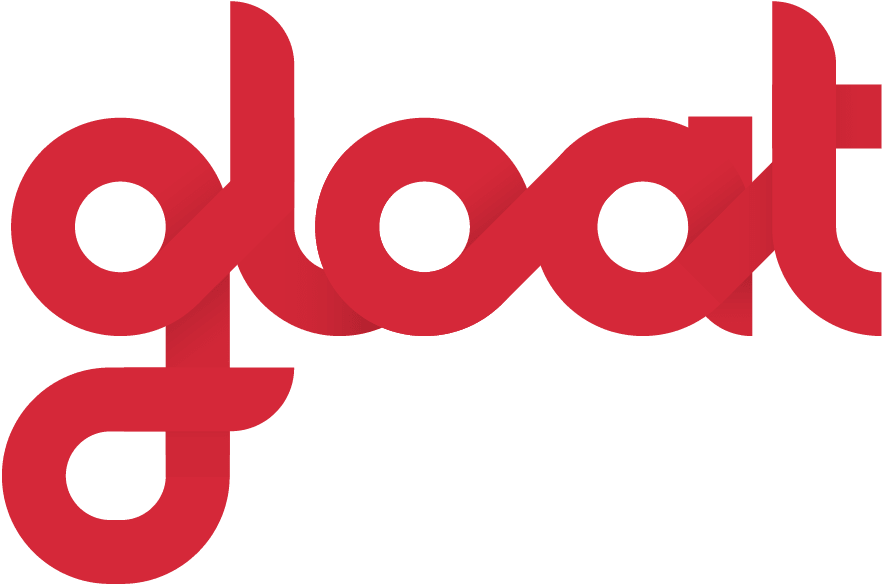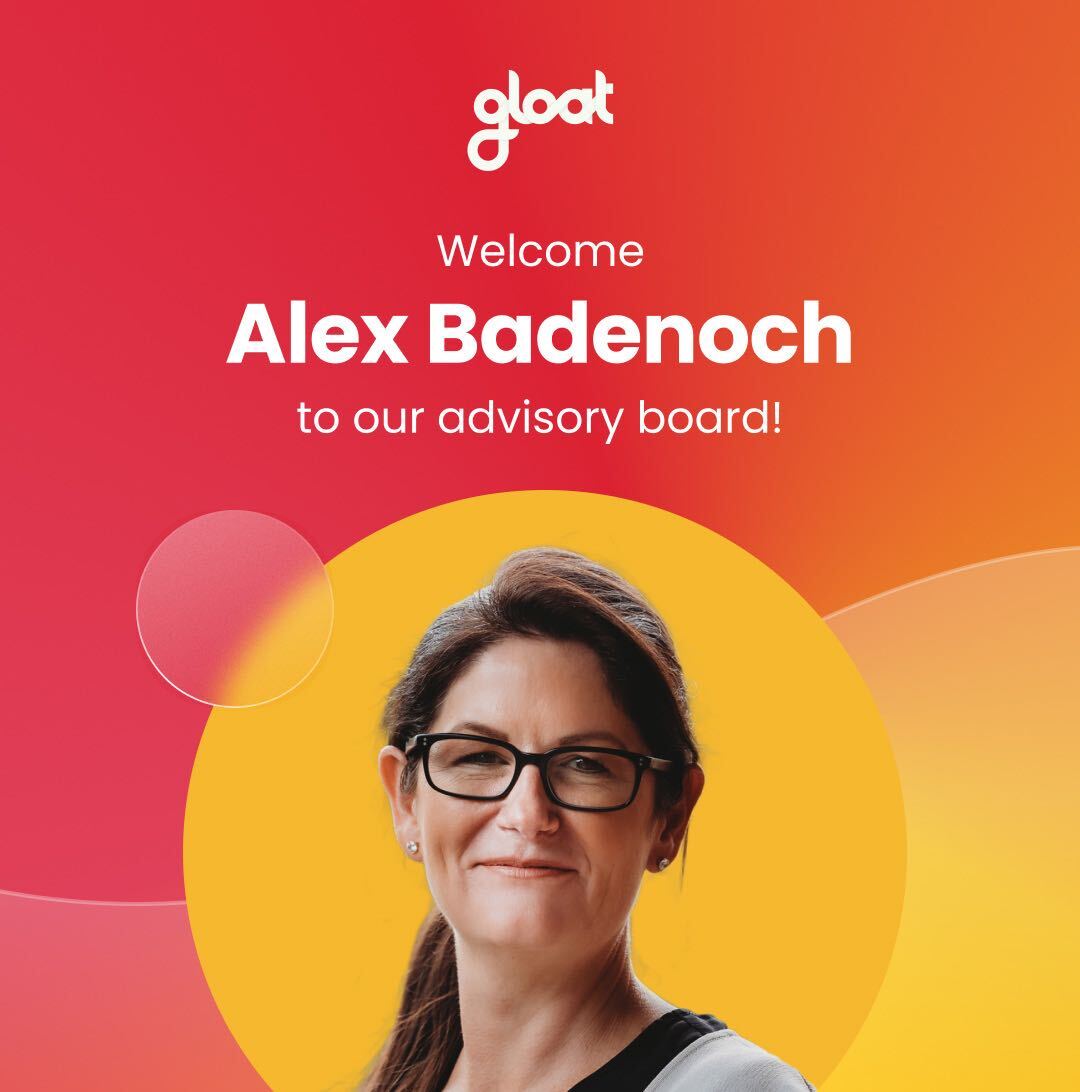AI-Augmented Workforce: Shaping the Future of Work
The strategic framework for unlocking exponential productivity through human-AI collaboration

PwC research indicates AI could contribute $15.7 trillion to the global economy by 2030—more than the current output of China and India combined. Yet a troubling paradox emerges: 42% of companies that have made significant AI investments are already abandoning their initiatives due to high costs and minimal impact.
Leading enterprises are discovering that AI’s transformative potential materializes only when it amplifies human capabilities rather than attempts to replace them. The most successful companies are the ones that strategically deploy AI to enhance what their people can accomplish.
Consequently, executives that are eager to win the AI race must master human-AI collaboration so they can combine machine efficiency with human creativity, judgement, and strategic thinking.
What is an AI-Augmented Workforce?
An AI-augmented workforce represents a fundamental shift in how work gets done. Rather than AI systems operating independently or replacing human workers, augmentation creates a collaborative environment where artificial intelligence enhances human capabilities, creativity, and decision-making.
AI handles the repetitive, data-intensive tasks that consume employees’ time, while people focus on what they do best—strategic thinking, relationship building, complex problem-solving, and innovation. It’s not about humans versus machines; it’s about humans with machines achieving exponentially better outcomes.
According to research from Josh Bersin, organizations that successfully implement AI augmentation can achieve productivity improvements of 30-50% in initial stages, with the potential to reach 100-200% gains as they progress to more sophisticated implementations. But these numbers only materialize when companies approach AI as a workforce enabler, not a workforce replacement.
Key Characteristics of an AI-Augmented Workforce
Human-AI Collaboration
At its core, AI augmentation is fundamentally human-centric. Humans remain in control of strategic direction, ethical considerations, and the creative vision that drives organizations forward. AI serves as a powerful support tool—one that processes information faster, identifies patterns humans might miss, and automates routine tasks.
The most effective implementations don’t ask “What can AI do?” but rather “How can AI help our people do their jobs better?”
Consider a financial analyst who no longer spends hours manually pulling data from multiple systems. Instead, AI aggregates and synthesizes that information instantly, allowing the analyst to focus on interpreting trends, advising stakeholders, and developing strategic recommendations. The human expertise becomes more valuable, not less.
Continuous Learning and Adaptation
Building an AI-augmented workforce isn’t a one-time transformation project. It’s an ongoing journey of co-evolution between people, processes, and technology.
AI systems improve through machine learning, constantly refining their outputs. Similarly, workforces need to continuously develop new skills to collaborate effectively with AI tools. Organizations that excel create cultures where learning is embedded in daily work, not confined to annual training sessions.
MIT research reveals that 77% of employees want their employers to prepare them for the AI era, yet most organizations lack structured approaches to building AI fluency.
Data-Driven Decision Making
An AI-augmented workforce operates on a foundation of data-driven insights. But data doesn’t replace judgment—it enhances it.
The most successful AI implementations provide decision-makers with relevant, contextualized information at the right time, enabling faster and more informed choices without overwhelming them.
Using tools like Gloat Signal, forward-thinking organizations are moving beyond generic industry predictions to understand precisely how AI will impact their specific roles and tasks.
Enhanced Creativity and Innovation
Contrary to popular belief, AI augmentation amplifies human creativity rather than constraining it. When employees are freed from repetitive, time-consuming tasks, they have more cognitive bandwidth for creative problem-solving and innovation.
AI creates space for strategic thinking and exploration by handling the routine so humans can focus on the remarkable.
Flexible Role Definitions
In an AI-augmented workforce, traditional job descriptions become increasingly fluid. Employees evolve from static roles into dynamic orchestrators of both human and AI resources.
This represents a shift toward dynamic work where individuals contribute based on their capabilities and the task at hand, supported by AI tools that complement their strengths.
Bersin’s research identifies six key organizational practices that enable this flexibility: valuing expertise over tenure, encouraging internal mobility, treating skills development as a core mission, implementing meritocratic rewards, empowering employee decision-making, and regularly rebalancing roles rather than resorting to mass layoffs when AI automates certain functions.
AI Augmentation vs. Automation
Automation replaces human activity entirely. It takes a task previously performed by a person and transfers it completely to a machine or algorithm.
Augmentation enhances human activity. It provides tools, insights, or capabilities that make humans more effective at their work. The human remains central to the process, but now operates with amplified abilities.
Consider customer service: Automation might be a chatbot that handles basic inquiries without human involvement. Augmentation is an AI system that analyzes customer history and suggests responses to a human representative—who then uses their judgment, empathy, and creativity to deliver exceptional service.
Companies that focus exclusively on automation often achieve modest productivity improvements while creating workforce anxiety. Those that embrace augmentation unlock exponential gains while improving employee satisfaction and retention.
Benefits of an AI-Augmented Workforce
Increased Productivity and Efficiency
According to Bersin’s research, organizations at the “Autonomy” stage of AI implementation—where AI agents manage complete workflows while humans focus on strategy and creativity—demonstrate what he calls “talent density”: exponentially higher output per employee. At this advanced stage, organizations can achieve productivity improvements exceeding 300%.
The transformation happens when employees shift from executing routine tasks to orchestrating AI systems and focusing on high-value strategic work that directly impacts business outcomes.
Improved Innovation
Bersin’s research shows that organizations achieving “Dynamic Organization” status through AI implementation are 7x more likely to innovate effectively compared to their peers. These companies create conditions where employees can experiment and develop novel solutions without being constrained by operational overhead.
Enhanced Employee Satisfaction and Engagement
When AI handles necessary but unfulfilling tasks like copying data or generating routine reports, employees can focus on meaningful work—building relationships, solving complex problems, developing strategy, and creating impact.
When employees understand that AI is augmenting rather than replacing them, and when they receive training to work effectively with these tools, resistance transforms into enthusiasm.
Better Business Outcomes and ROI
MIT research reveals that while 95% of generative AI pilots fail to deliver meaningful business impact, the 5% that succeed do so by focusing on the human side—building capability, motivation, and opportunity for employees to engage with AI tools.
PwC estimates AI could contribute $15.7 trillion to the global economy by 2030. That value will come from organizations that successfully combine human creativity and judgment with AI’s speed and analytical power.
Competitive Market Advantages
PWC’s analysis reveals that 53% of CEOs believe their company will be out of business within 10 years without fundamental business model changes. Organizations that master AI augmentation gain faster decision-making, personalized customer experiences at scale, improved operational efficiency, and attraction of top talent.
How to Prepare Your Workforce for AI Augmentation
Assess Current Capabilities and Gaps
Organizations need to go beyond generic industry reports to understand their specific situation. Tools like Gloat Signal provide granular analysis, deconstructing job architectures into component tasks and evaluating AI impact potential for each.
One consumer goods company discovered that while AI would broadly impact 37% of their job codes, the variance within departments ranged from 22% to 50%—insight that completely reshaped their implementation strategy.
Develop an AI Integration Strategy
Research shows that core business functions like Finance (55% impact rate), Admin & Office Services (54%), and Analytics (52%) face the highest AI impact. However, MIT research reveals that while automation currently concentrates in sales and marketing, the biggest productivity gains actually come from back-office automation.
Organizations that strategically target high-impact, high-value areas rather than following industry hype see dramatically better results.
Build Essential Skills for AI Collaboration
AI literacy means building practical skills: understanding what AI can and cannot do, evaluating AI-generated outputs, and effective prompt engineering for all employees; leading AI-augmented teams for managers; and deeper technical skills for specialized roles.
Signal’s task-level analysis shows that Software Engineers face automation pressure on testing and deployment—but strategic tasks like architecture design remain human-driven. This enables targeted reskilling toward AI oversight and optimization roles.
Create a Culture of Innovation
Culture determines whether transformation succeeds. Essential elements include psychological safety for experimentation, leadership modeling of AI tool usage, recognition of innovative AI applications, and continuous feedback loops.
Bersin’s research shows that only 7% of enterprises achieve “Dynamic Organization” status, but these companies are 3x more likely to exceed financial targets, 7x more likely to innovate effectively, and 20x more likely to achieve high workforce productivity.
Establish Governance and Ethics Guidelines
Organizations need clear frameworks addressing data privacy and security, bias detection and mitigation, transparency about AI’s role in decisions, human oversight requirements, and accountability for AI-augmented outcomes.
Organizations that establish thoughtful governance early move faster because employees trust the frameworks guiding AI use, and they avoid costly missteps.
Final Thoughts: AI and Humans as a Team
The future of work is about co-evolution, or humans and AI systems growing together, each becoming more capable through interaction with the other. AI learns from human feedback; humans develop new skills collaborating with AI. The result is exponentially better outcomes combining machine speed with human creativity, judgment, and wisdom.
This co-evolution requires intention. It doesn’t happen automatically. It requires the strategic thinking, systematic planning, and human-centered approach outlined here.
Organizations that get this right don’t just improve productivity or reduce costs. They fundamentally transform their competitive position, attract top talent, and create workplaces where people do their best, most meaningful work.
The future of work is being written now, by leaders who see AI as an opportunity to unlock human potential at an unprecedented scale. The window to lead rather than follow is closing. If you’re ready to act, check out Gloat Signal to learn how to maximize the value of your AI investments.




